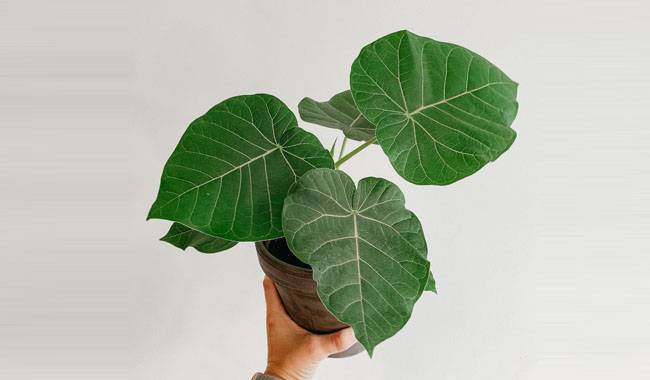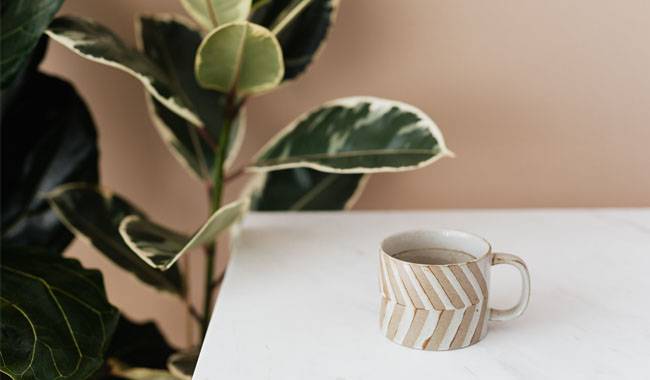
Reliable and long-lasting Ficus Plants rarely disappoint. They are very suitable for experienced experimenters and novice flower growers alike. one of the advantages of the Ficus Plant is its predictability. If standard care is adhered to and extreme disturbances are avoided, they will enjoy high decorative qualities for many years to come. Small mistakes in watering or fertilizing usually do not affect the appearance of the Ficus Plant. The causes of Ficus Plant problems are usually easy to spot due to the unpretentious nature of the plant. One of the most common is leaf drop, always caused by serious mistakes in selection conditions or care. Why Ficus Plant leaves fall off, I will tell you in this article.
WHAT DO ALL FICUS PLANTS WANT?
All Ficus Plants are different. Whether in size and growth pattern, in the shape and length of their leaves, or even in their color. Whether they are large vines, giant tree-like plants, or lush shrubs – their dense foliage, beautiful bark, and special kind of forest charm are all equally beautiful. What the different Ficus Plants have in common is their hardy and undemanding nature.
To appreciate the beauty of any Ficus Plant, it is important to remember a few basic requirements.
- Prefer diffuse lighting.
- Prefer steady heat with no drafts, excessive cold, or excessive heat.
- Need to keep the substrate constantly moist.
- Apply additional fertilizer only during active vegetation periods.
- Keeps foliage clean.
- Replant only when needed.
- Choose a good-quality loose substrate.
- Prune or guide along with the stand promptly.
As you can easily guess, any Ficus Plant requires standard regular care without any special innovations or complications.
So why is it that such a versatile and ever-pertinent universal favorite is rarely disappointed by the sight of its leaves falling on the windowsill? The answer to all these questions is usually the same: Ficus Plant is only stressed in really serious adverse situations.
That said, it is important to remember that the Ficus Plant is “renewed” regularly. The shedding of the oldest leaves is a natural process, and there is nothing wrong with losing a few leaves during an active growing season. If Ficus Plant sheds its oldest leaves after yellowing and there are no signs of stunted growth, pulling damage, or young leaves drying out, there is no cause for concern. However, any suspicious signs should be cause for alarm. At the very least, it’s worth checking to make sure everything is in order.
IF LEAVES FALL OFF IN WINTER
Developmental problems in Ficus Plant usually manifest as leaf loss during periods of vigorous growth. If partial leaf shedding occurs during overwintering, this may also be a natural process. A reduction in sunlight hours and light intensity, a drop in temperature, or, conversely, the start of the heating season cannot be ignored. Neither can the fact that plants require quite different care during the dormant period.
To avoid the possibility of Ficus Plant leaves falling off during the winter, you need to do the following
- Move the plant closer to the window, to the windowsill (if the Ficus Plant is already on the window – facing south).
- Make sure the plants are protected from drafts and radiators.
- Stop fertilizing.
- Reduce watering by about half.
In winter, watering every 10-12 days is sufficient for any Ficus Plant.
YOUR FICUS PLANT – A “BOUQUET” OF CUTTINGS
Recently, lush Ficus Plants and other small-leaved varieties with trunks covered with burlap or decorative tape are often sold at festivals. They look like a perfect green mini bouquet.
The illusion of such a gift often turns out to be a scam – bundles of plugs are tied up and inserted in the substrate without rooting. Then, after a week or two at home, the gifts start to drop their leaves en masse. There’s nothing you can do about it: at most, only a few rooted shoots will survive, and you can keep growing them.
PESTS AND DISEASES ON FICUS PLANT
Since Ficus Plant reacts to any problem by shedding its leaves, it is best to exclude the most dangerous options first. Pests on Ficus Plant appear only in poor care, heavily soiled leaves, high temperatures, and proximity to other diseased plants.
The following can cause ficus Plant leaf loss
- Spider mites.
- Scabies insects.
- Mealybugs.
If you find traces of pests on the leaves’ underside, start control immediately on the shoots. Isolate the Ficus Plant from other houseplants, wash thoroughly with warm soapy water, and remove scale mites or worms with cotton swabs soaked in alcohol. In the early stages, increased humidity and the use of soap solutions can help. Infusions of garlic, marigold, or tobacco will also work. However, if the infestation is severe or ineffective, start using systemic insecticides.
In addition to rot, Ficus plants often suffer from the spotted disease, although leaves with stray brown spots only fall off in the late stages of the infestation.
CHECK THE CONDITION OF THE SOIL AND ROOT SYSTEM

If you notice atypical defoliation of the Ficus Plant, the first thing to check is the moisture and condition of the soil. At first, just feel the substrate (squeeze a small piece to check for wetness and crumbling). If the top layer of soil is too wet, clumped together, shows signs of mold, or has a foul odor, it is easy to guess that it is overwatered and watered too often.
If there is no standing water at the top, the problem may be caused by other faults.
- Lack of drainage system and uneven soil drying.
- Standing water in the sump.
- Excessive compaction of the soil so that no air can pass through.
The only way to be completely sure of rot is to check the roots. If the Ficus Plant is small, it can be gently removed from the pot and the visible root system examined without completely destroying this mass of soil. For larger plants, inspection without replanting is not possible.
In the initial stages of wetness and compaction problems, you can try to manage without changing the soil. Loosening, replacing topsoil, drying the substrate, correcting watering, and emptying the trays can help. However, suppose a Ficus Plant is severely damaged. In that case, it is best not to wait too long before repotting, carefully trimming the affected areas, and placing the plant in a gentle regime with very careful and gentle care.
If on inspection roots are found in the drainage holes, the reason may be that the plant in the container has overgrown and it has fully developed the soil. Ficus Plant is best transplanted in early spring but can be gently transplanted throughout the active growing season if necessary.
LOW LIGHT, LOW TEMPERATURE, AND DRYNESS
Falling leaves would be a typical reaction to too much distance from the window to the interior, especially if they were previously on the windowsill. And the more interesting the color of the species, the more it responds to low light. Ficus plant can adapt to semi-shade if it gradually gets used to it. However, the intense and harsh shade will inevitably result in the loss and elongation of some greens.
Temperatures below 60 °F (16°C) and too cold ground are the most dangerous care failures for any Ficus plant. Pots should not be placed on a cold floor, nor should Ficus Plants be moved into a cold room.
While many Ficus Plants can tolerate brief periods of drought, drought does them no good. And if drought is repeated or prolonged, the plant will inevitably lose some of its greenness.
Extremely low humidity will also cause any Ficus Plant to lose its leaves. If the plant is exposed to heaters, you shouldn’t be surprised at the accelerated leaf drop.

OTHER FACTORS IN FICUS PLANT DEFOLIATION
Many times there is no single cause. After all, not only do plants respond so vividly to major problems, but they also respond to a combination of two or three “minor” factors.
Once you have eliminated all the major factors that usually cause Ficus Plant defoliation, you can analyze the less obvious faults.
- The presence of a vent.
- Incorrect pH response of the substrate.
- Transplanting too frequently.
- Exposure of roots during transplanting, after which Ficus Plant recovers very slowly.
- Lack of drainage system.
- Excessive fertilization, especially in winter.
- Watering with unsedimented water.
- Pruning of aerial roots.
Regardless of the fault causing leaf loss, the sooner the cause of leaf loss in the Ficus Plant is discovered, the better. Poor soil conditions, rot, and the spread of pests are only easily remedied in the early stages. And, if care failures are corrected promptly, they will hardly be noticed by your Ficus Plant.







